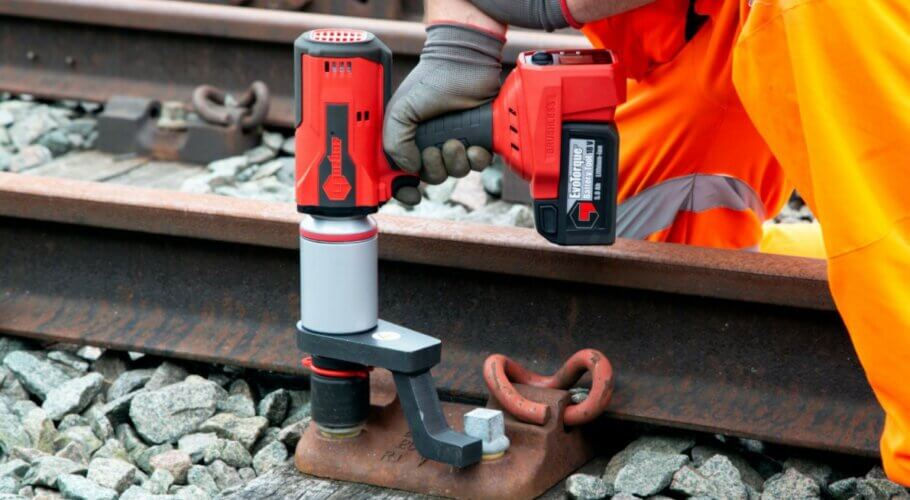
Considering the vast rise in modern digital technologies, it’s easy to think they can provide the answer to almost every business challenge. Industries are now embracing technology to transform their operating procedures and are reaping the benefits of improved productivity, higher efficiency, and increased cost savings.
Even before the COVID-19 pandemic, oil and gas companies faced the challenges of efficiency, sustainability, and profitability. Now, as the industry begins to emerge from the damage caused by the past 18 months, the pressure is now on more than ever to digitalise operations and processes to streamline procedures and reduce costs.
As the oil and gas sector continues to adapt to the modern industry, there are several ways in which it can introduce digital technologies to lessen the impact of its activities. Doing so will ultimately help to protect its position as a viable source of energy.
The key to digitalising the industry comes down to one huge aspect – data. Using this to improve performance and to streamline processes is not a new concept. However, as companies scramble to discover new ways to improve day-to-day procedures, the need for utilising data is more apparent than ever.
Digital innovation can be used to refer to any element of technical progression within a company that utilises digital technology. This may include elements of IIot (The industrial internet of things), Virtual Reality, or moving towards a paperless workplace.
But what features are available for the hands-on operator who uses industrial tools? Well, the good news is there are already features they can benefit from.
Here are two examples of digital innovation that bolting technicians can benefit from.
An example of digital technology used by companies in the Oil & Gas industry is i-Calibrate 2.0 from HTL Group. This cloud-based certification software allows operators to store all of the necessary calibration certificates on their device via a QR code. Users simply need to scan the QR code attached to the tool with their phone or tablet and a webpage will open, giving them access to all the calibration and test certificates associated with the tool.
The rise of Electric Torque Wrenches, such as the range on offer from Norbar, also provides the industry with digital innovation that benefits both the user and the industry’s reputation. A key feature of these Torque Wrenches is the ability to pre-load a torque value to prevent under or over-torque – thus preventing potentially deadly substances from leaking from pipe flange joints.